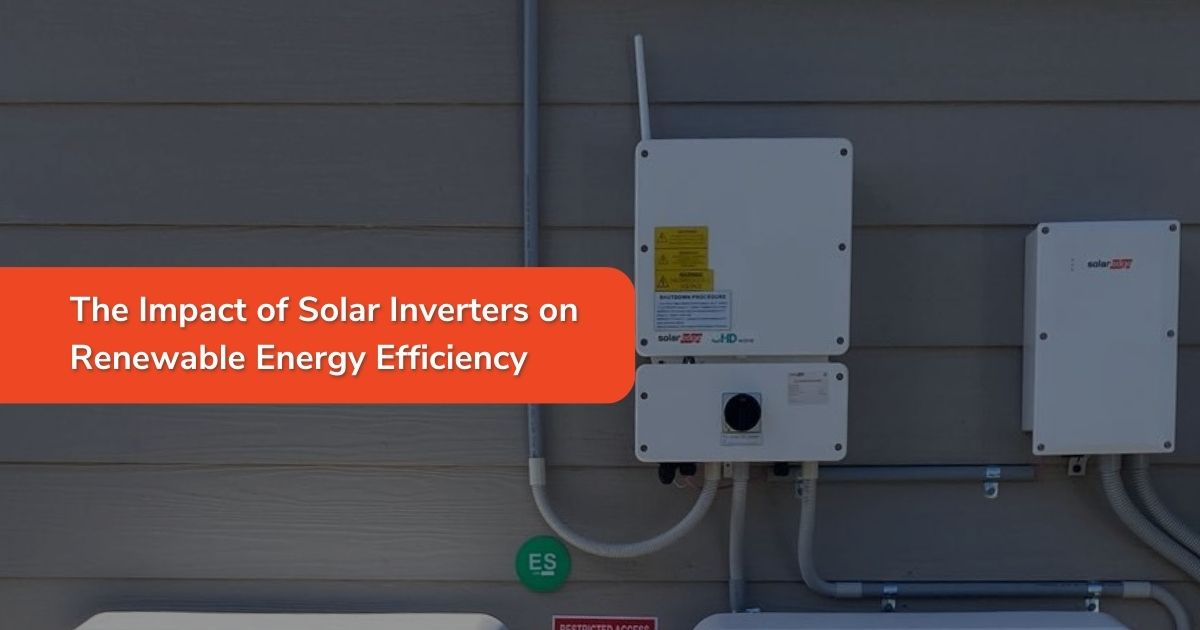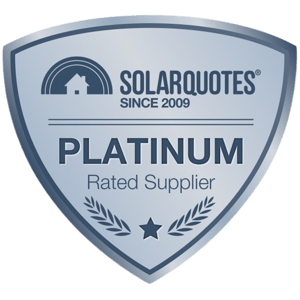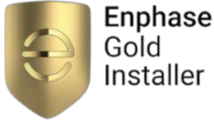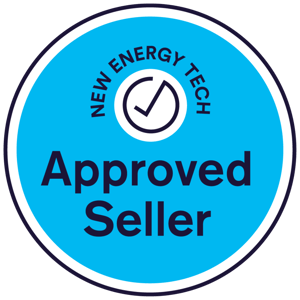The Impact of Solar Inverters on Renewable Energy Efficiency

Australia's embrace of renewable energy sources has seen a surge in solar power's popularity. But beyond just slapping some panels on a rooftop, the real game-changer is the often-overlooked hero, the solar inverter. This vital component can make or break a solar energy system's efficiency, making it essential to understand its role in enhancing our green energy footprint.
What are Solar Inverters?
Solar inverters are the backbone of a solar energy system. They convert the direct current (DC) output from solar panels into usable alternating current (AC) electricity. In an age when we're striving for greater energy independence and sustainability, their role in the seamless integration of solar power into our daily lives cannot be overstated.
Types of Solar Inverters
Solar inverters come in a variety of configurations, each with its own set of advantages and applications. The three most common types are string inverters, microinverters, and power optimisers.
String Inverters
String inverters are the most traditional type, often used with multiple solar panels wired together in series. They're efficient and cost-effective for larger installations but can be prone to energy loss due to shading or panel mismatch.
Microinverters
Microinverters, utilising Module-Level Power electronics, are compact inverters that are connected to each solar panel. They are highly regarded for their ability to optimise the output of individual panels, resulting in improved efficiency, particularly in installations where shading is a significant factor.
Power Optimisers
Power optimisers utilise MLPE and are connected to individual solar panels. They operate similarly to microinverters but still rely on a central inverter, offering a balance between the advantages of string inverters and microinverters.
Impact on Renewable Energy Efficiency
Solar inverters play a crucial role in determining just how much usable energy your solar array delivers. Their impact on renewable energy efficiency is threefold.
Increased Energy Production
By converting DC into AC electricity optimally, solar inverters maximise energy output from solar panels. This means homeowners and businesses can harness more power from the sun, reducing their reliance on less clean energy sources.
Improved System Performance and Reliability
A high-quality solar inverter ensures the entire system operates at peak performance. This, coupled with advances in inverter technology such as monitoring and control features, significantly improves the system's reliability by quickly identifying and addressing issues.
Enhancing Grid Stability and Reducing Energy Losses
Modern solar inverters can support the stability of the electricity grid, particularly during peak demand times. They achieve this by managing voltage and providing power factor support. This grid support also helps in lowering energy losses, translating to a more efficient distribution system.
Factors to Consider when Choosing a Solar Inverter
Selecting the right solar inverter is a decision that should not be taken lightly. Several factors need to be weighed to ensure optimal performance and longevity of your solar system.
Efficiency Ratings
Inverter efficiency is a critical factor. Look for inverters with high European efficiency ratings, which represent the inverter's ability to convert solar energy into electricity. High efficiency ratings mean better performance and more energy savings over time.
Durability and Warranty
Solar inverters are often exposed to harsh environmental conditions, so their durability and warranty terms are vital. A sturdy inverter with a reasonable warranty period can provide peace of mind and maintenance-free operation.
Compatibility with Solar Panels and System Design
An inverter must be compatible with the solar panels it powers and should be chosen based on the system's design and goals. For instance, microinverters are great for systems subject to shading, while string inverters might be more suitable for unobstructed installations.
Case Studies and Examples
To drive home the point, it's important to look at real-world examples of successful solar inverter installations. In the Australian context, various case studies can showcase the tangible benefits, such as increased energy savings and improved ROI.
One notable case study is this local business’ transition to solar power, detailing how the choice of solar inverters impacted energy efficiency, sustainability, and cost-effectiveness.
Conclusion
As Australia continues to adopt solar energy solutions, understanding the role of solar inverters is paramount. These unsung heroes are pivotal in the efficiency and success of your renewable energy projects. It pays to do your research and invest in a reliable inverter that will maximise your solar energy and help transition toward a greener tomorrow.
Ready to make the switch to solar and need guidance on the best solar inverter for your needs? Contact Smart Energy Answers today! Our expert team will help you navigate the options and tailor a solution that maximises your renewable energy efficiency.
%20(1).png?width=265&height=96&name=www.smartenergyanswers.com.auhs-fshubfsSmart%20Energy%20Answers%20Logo%20(HIRES)%20(1).png)

.png?width=514&height=121&name=Tesla%20Powerwall%203%20(new).png)







